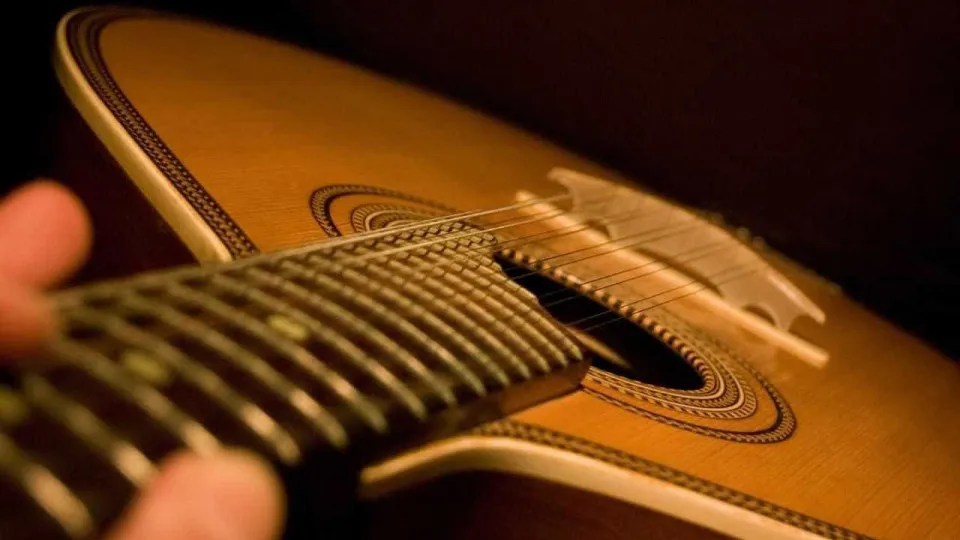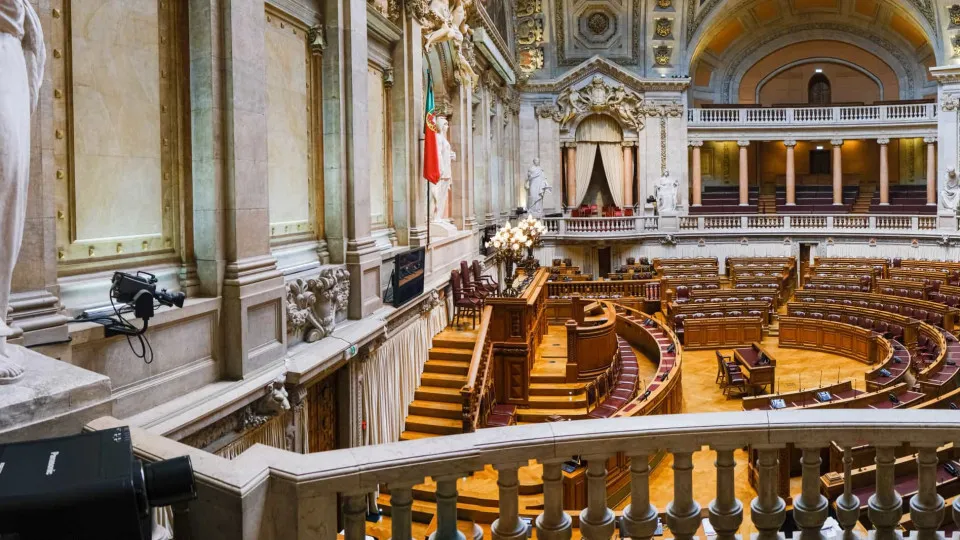
“A Casa da Mariquinhas,” created by Silva Tavares and Alfredo Marceneiro, was recorded by the fado artist in 1961, though its origins trace back to 1913. Since then, it has been adapted by various poets and performed by several fado singers, including Amália Rodrigues and Gisela João. In 2013, João revisited “(A nova) Casa da Mariquinhas” with Capicua, addressing the economic crisis, and returned to it a decade later during a housing crisis, again with Capicua, to create “O Hostel da Mariquinhas,” in a country increasingly catered “for the modern tourist.”
The Lisbonist historian argues that this fado encapsulates “the evolution and spirit of this typical song in the city of its birth.”
“A Casa da Mariquinhas,” which has seen many versions, is “a fado that was ten different fados,” claims the researcher.
In its numerous renditions, “A Casa da Mariquinhas” was interpreted as “drinking to the pain” by Amália, and “to the joy” by Hermínia Silva, was put up for auction, as noted by Fernando Maurício and Francisco Martinho, saw “windows covered with bricks” during the ‘troika’ intervention, and now laments that “it’s a pity the Portuguese can’t afford a T3,” as observed by Gisela João and Capicua.
“Each version corresponds not only to an era in the history of this fado but also in the history of fado and the history of Lisbon,” states the author, highlighting that the musical genre “helped eternalize a unique city.”
In “Lisboa Fadista,” the researcher explores the origins of fado: the Afro-Brazilian lundu theory, the national balladry theory, and the Arabic thesis, which he acknowledges is not the most sustained or defended, yet he cites recent investigations by Adalberto Alves, the opinion of Teófilo Braga (1843-1924), and Amália who referred to Arab influences. For Sérgio de Carvalho, this is “a thesis not to be ignored.”
In his work, the Lisbonist historian mentions the tavern environment in Lisbon, whose numbers increased in the 19th century but date back to the 16th century, when “300 taverns were recorded in the city, consuming more than 70 casks a day.”
Fado developed in 19th-century Lisbon, notably in taverns “where the guitar was played and a fado was sung,” but also in some aristocratic salons, despite criticism. Fado was “looked at askance,” associated with marginality and the fado singer, always armed with a knife.
The researcher points to the first half of the 19th century for the emergence of “fado as we know it,” “in an environment where prostitution, some delinquency, and a poorly concealed misery thrived,” an “underworld environment in some Lisbon neighborhoods.”
It was in this century that fado found its “founding myth,” the singer Maria Severa (1820-1846), who had a romantic relationship with the 13th Count of Vimioso, a defender of the liberal cause. The brief romance reflects the era’s environment, “a mix of popular and noble, bullfighters and fado singers waiting for bulls, singing, and enjoying themselves in gardens and taverns.”
The figure of Severa inspired writer Júlio Dantas, who fictionalized the life of the fado singer, residing with her mother in Rua Suja, now Rua do Capelão, in Mouraria, Lisbon.
Fado did not escape “violent criticism,” marked by “the prejudice of a certain intellectuality towards the genre,” but the tavern fado began to be sung and appreciated in class associations such as Fraternidade Operária and A Voz do Operário, contributing to the worker’s awareness, as unions and class associations intended.
Between the late 19th century and early 20th, “the assertion of fado is increasing,” to which the emergence of sound recordings gave a greater boost, although critical voices always persisted, like those of doctor and writer Samuel Maia, engineer, art critic, and professor António Arroio, and writer Albino Forjaz Sampaio.
Despite criticisms, fado was increasingly appreciated until it was classified as an Intangible Cultural Heritage of Humanity by the United Nations Educational, Scientific and Cultural Organization (UNESCO), a “slow consecration process as a ‘legitimate’ genre,” a “slow and gradual journey, not free from difficulties, censorship(s), prejudices, advances, and overcoming, that would take fado from the city’s ‘underworld’ to the global stage of so-called ‘world music’.”
In his work, Sérgio Luís de Carvalho also tackles the present day, after the “establishment of Democracy,” in which fado underwent a fruitful renewal process, diversifying it and consolidating “new musical and artistic molds.”
Sérgio Luís de Carvalho has dedicated his research to Lisbon, having published, among others, works such as “Lisboa Maldita” (2023), “Lisboa Nazi” (2022), “Lisboa Árabe” (2022), and “Lisboa Judaica” (2021).
The novel “Anno Domini 1348,” by the writer and researcher, earned him the Ferreira de Castro Prize.




